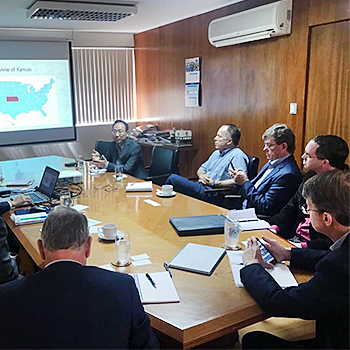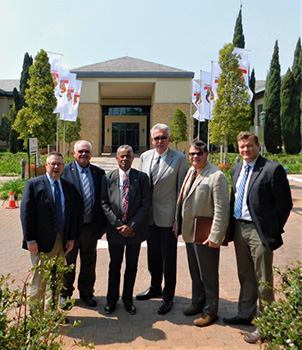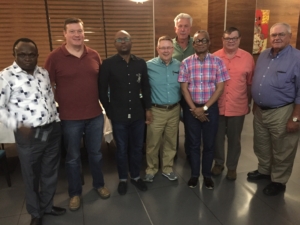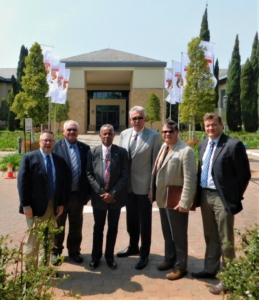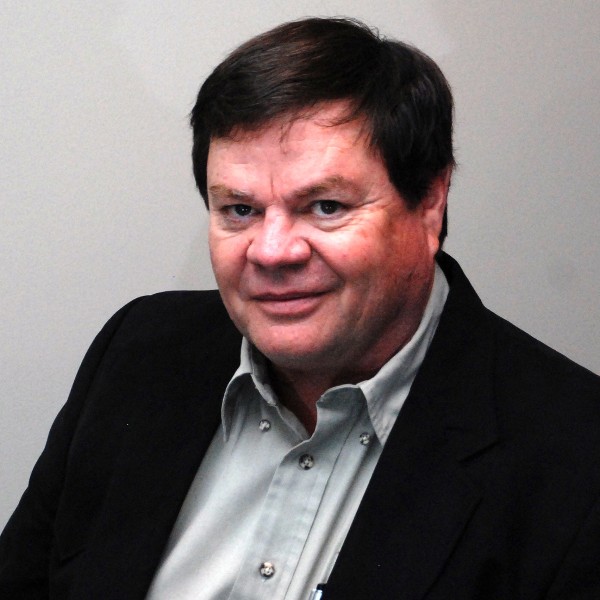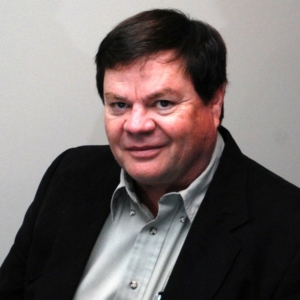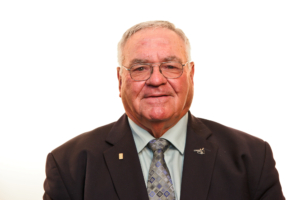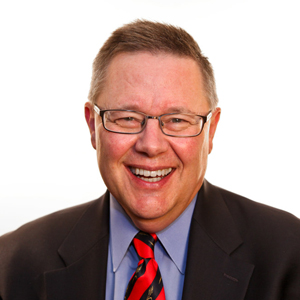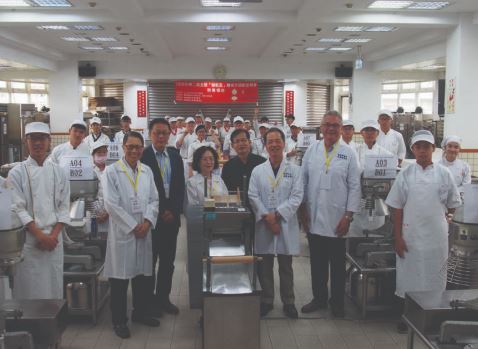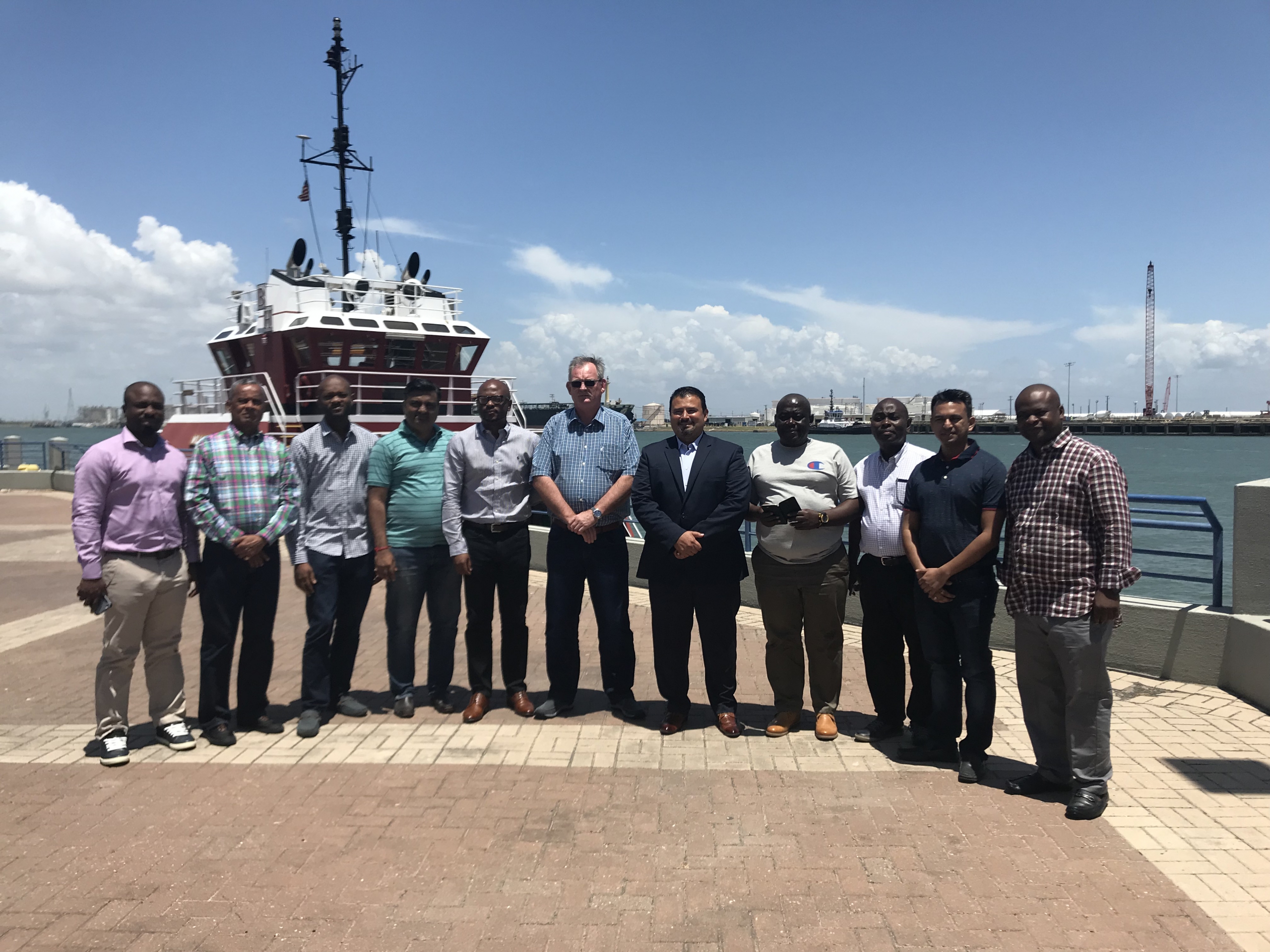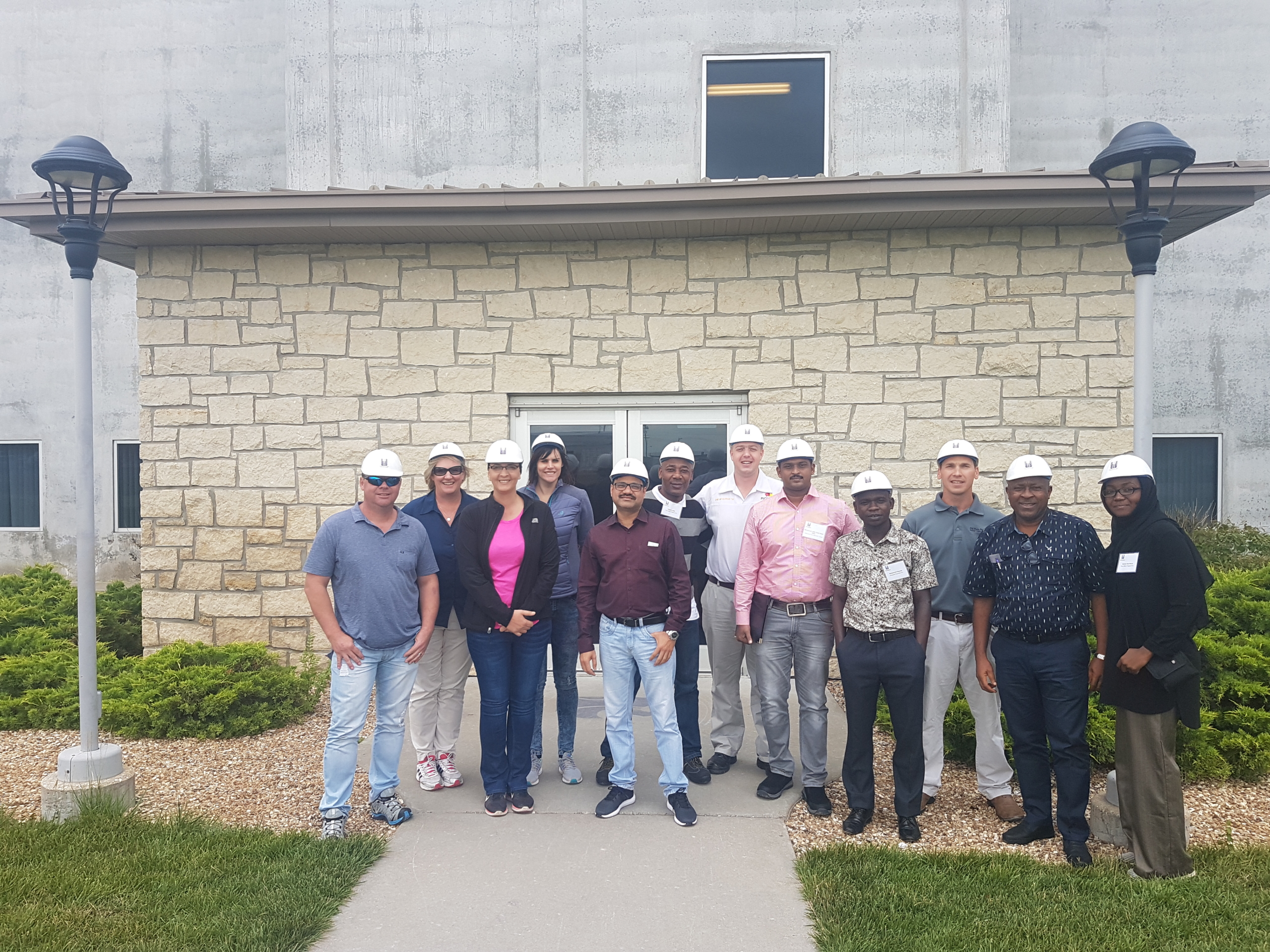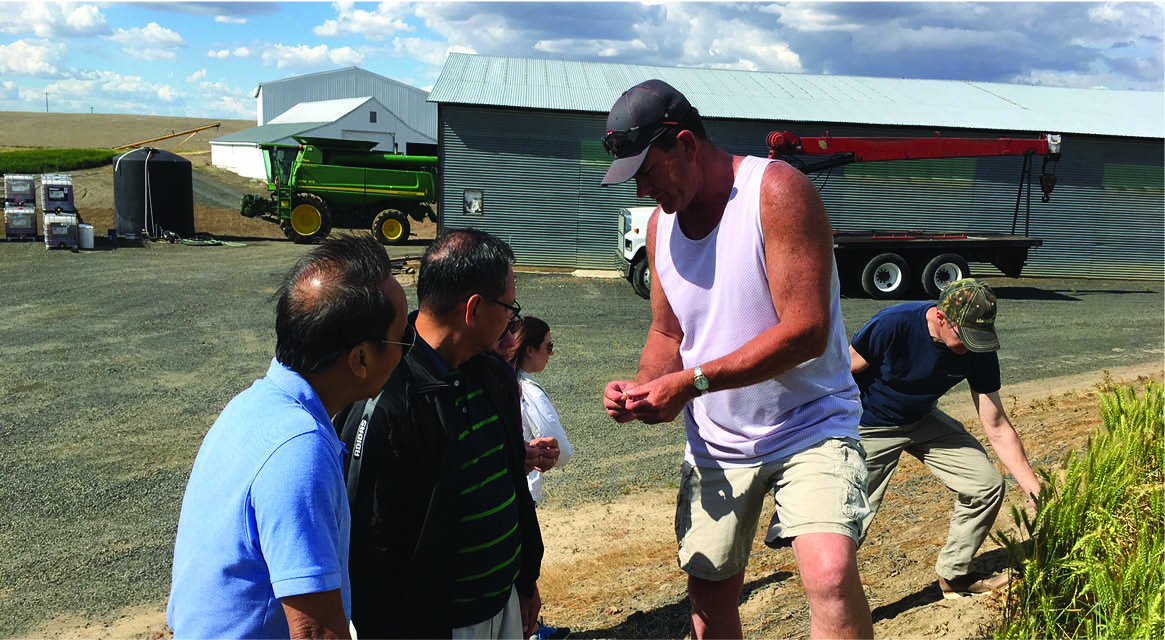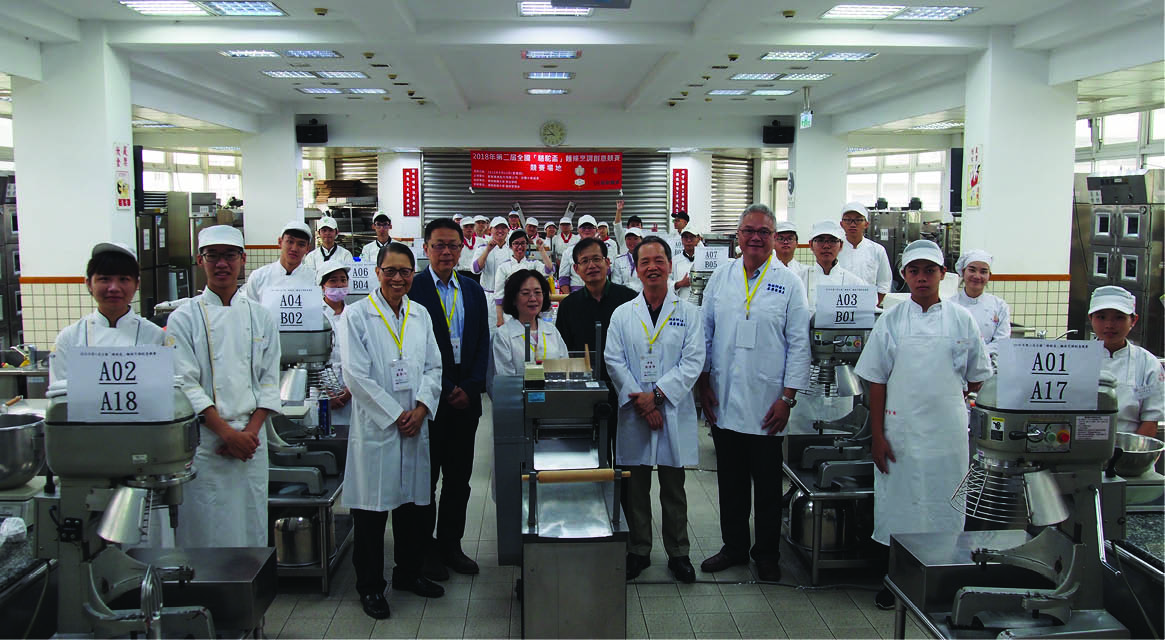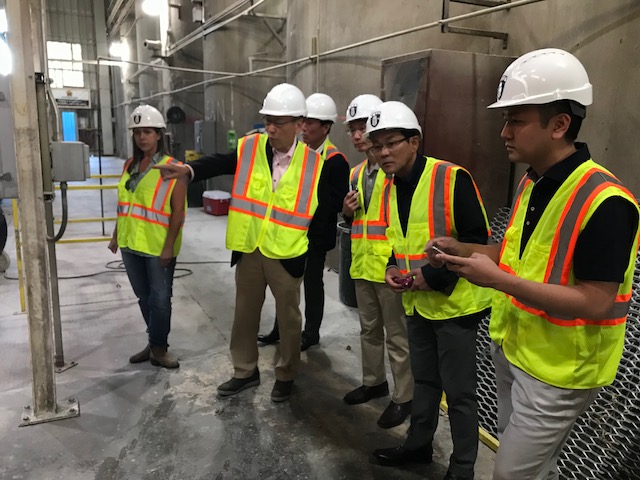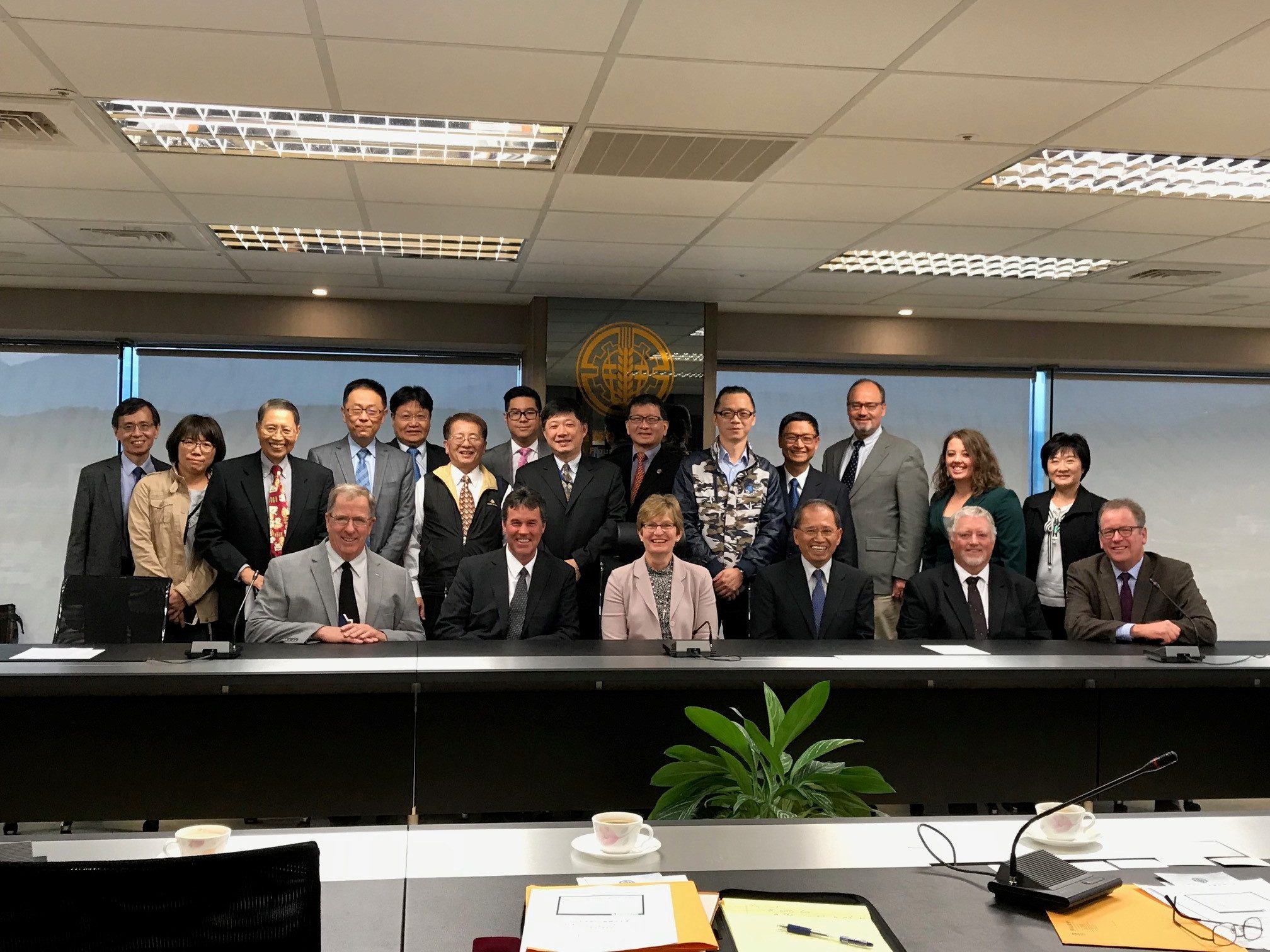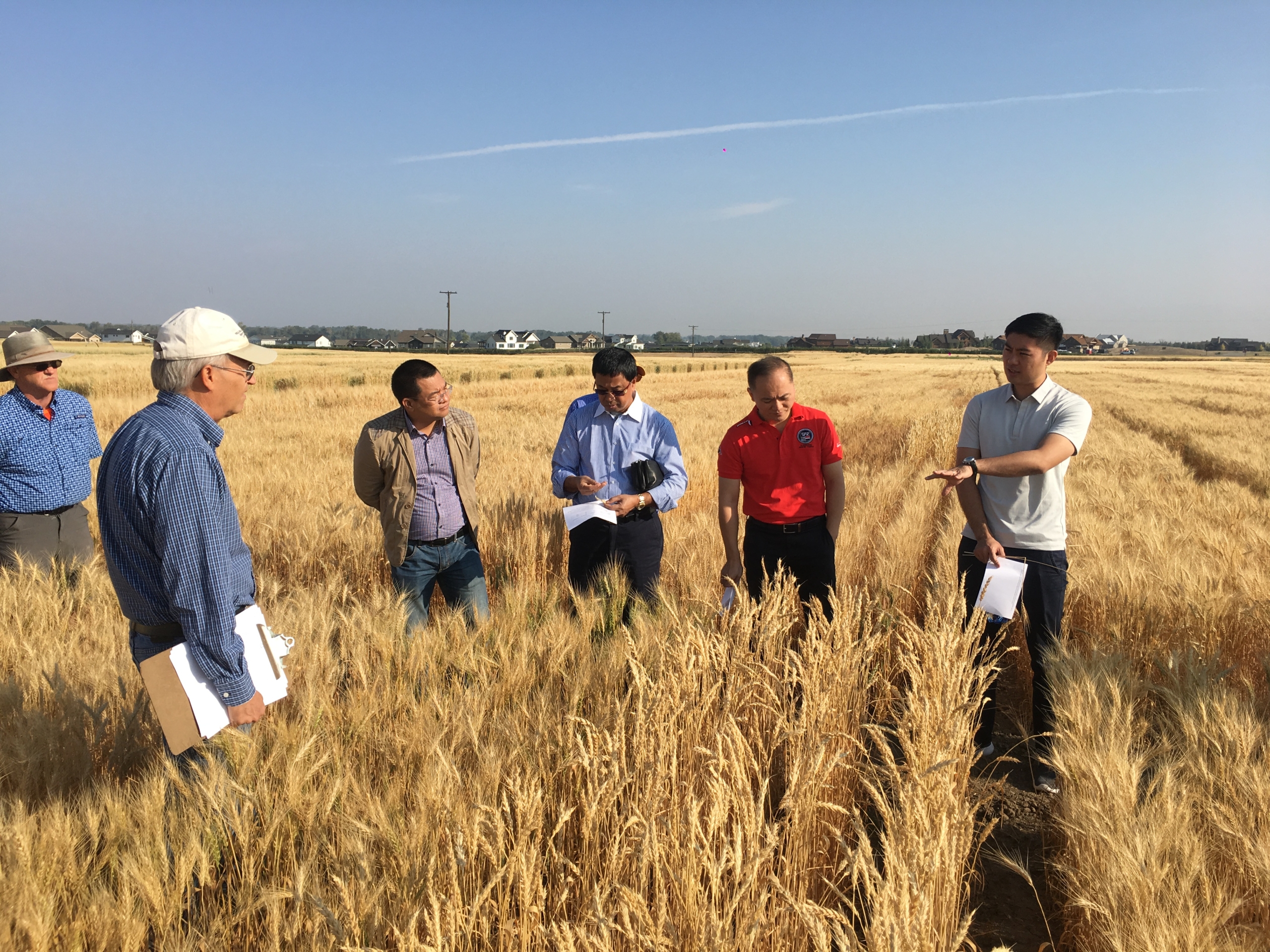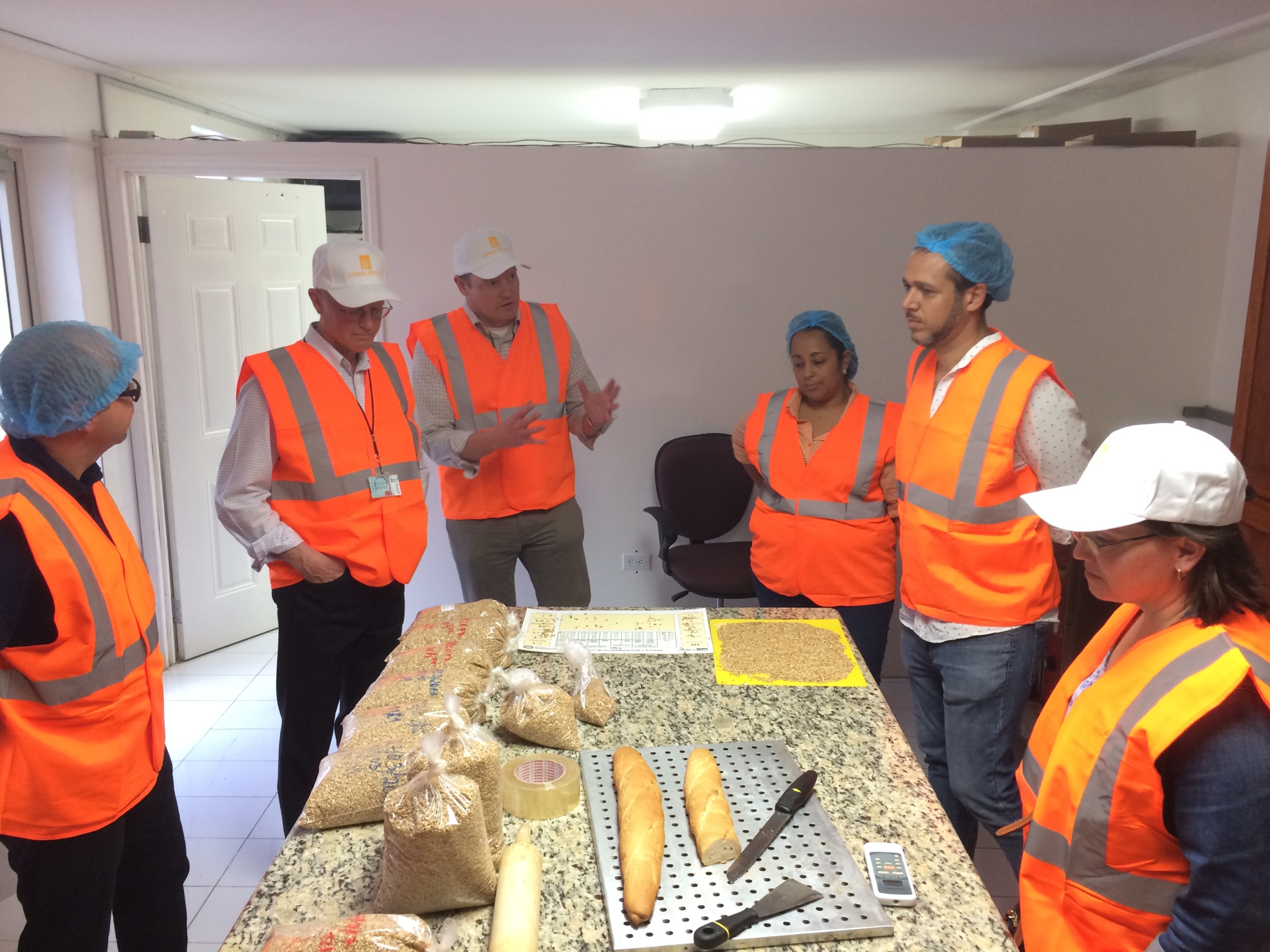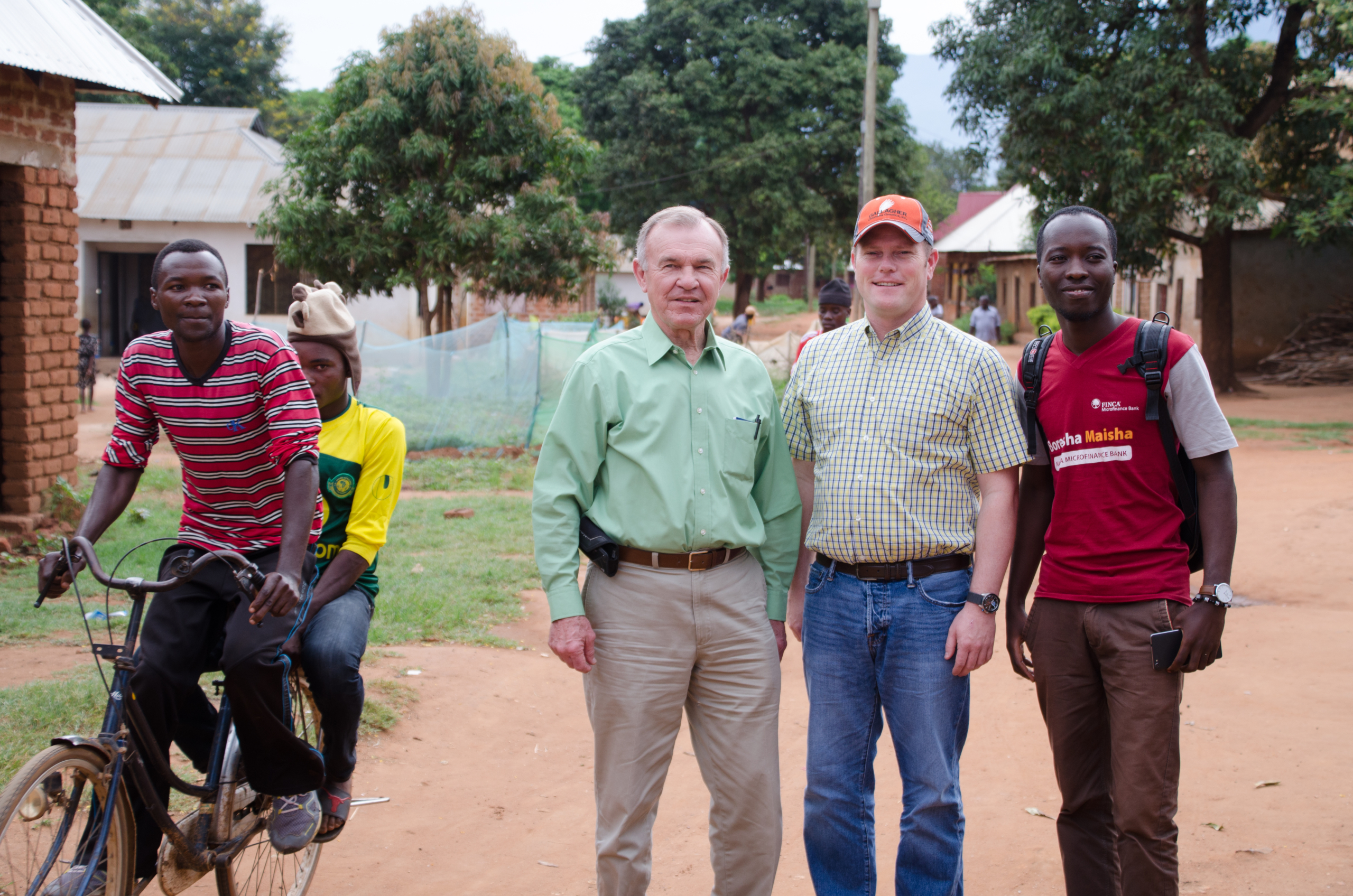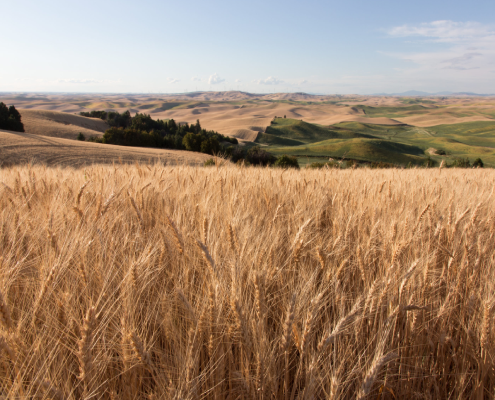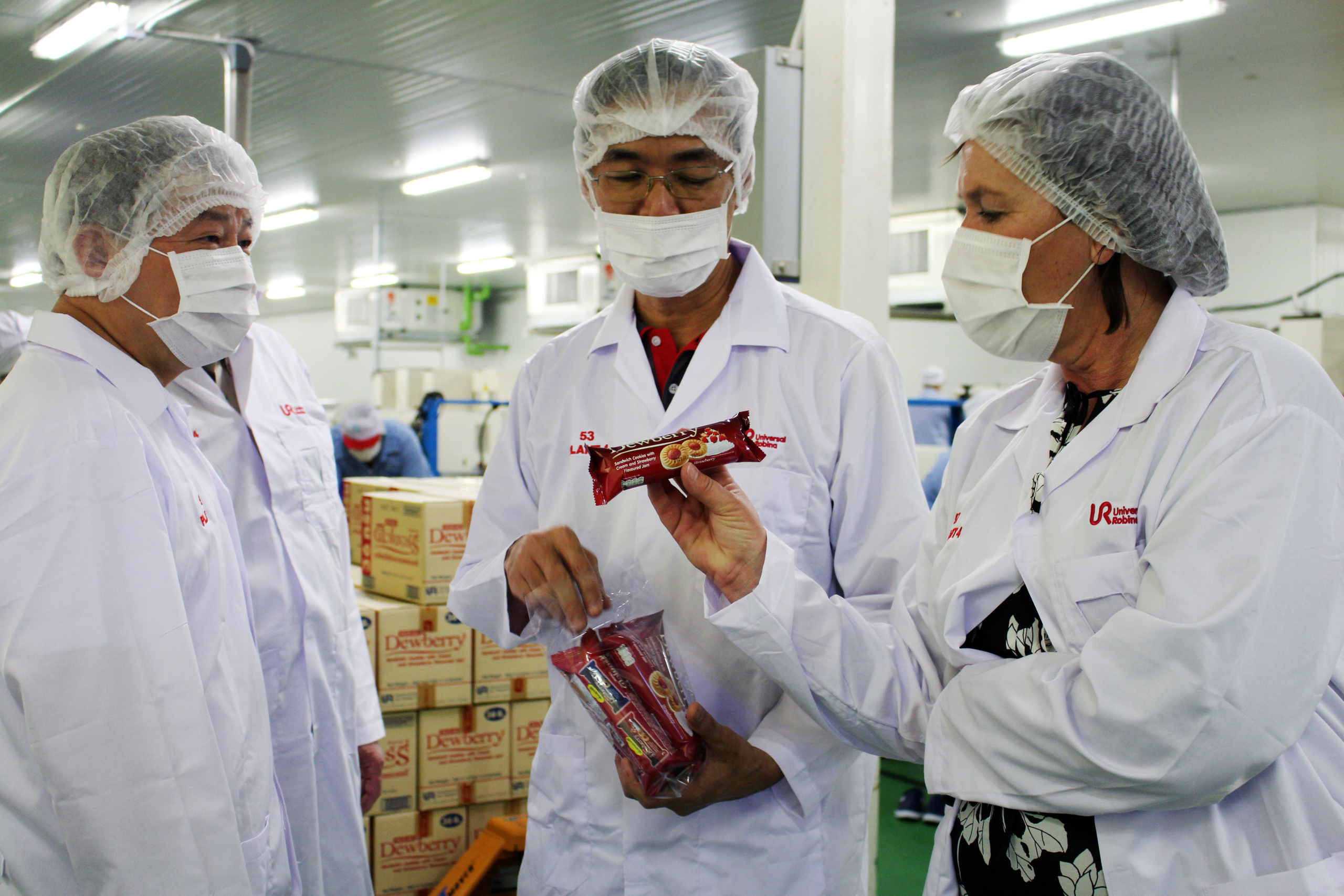By Steve Wirsching, USW Vice President and Director, West Coast Office
In Latin America, the holidays are filled with special wheat food traditions. Mexicans celebrate the visit of the Three Kings to the Christ child with Rosca de Reyes (Kings Cake Wreath), a ring-shaped sweet bread. In Peru, wheat consumption increases with Panettone bread sales. This holiday sweet bread can be traced back to the Italian bakers that made Peru their home many generations ago.
Special holiday breads are thriving despite a baking industry transitioning from artisan bakery shops to highly automated commercial operations. Such modern bakeries employ equipment that drives a need for ever more consistent, high-quality flour.
It was in this context that U.S. Wheat Associates (USW), with funding from member state wheat commissions and USDA’s Foreign Agricultural Service, assembled a team of leading wheat breeders to visit the top markets in Latin America. This Wheat Quality Improvement Team (WQIT) traveled to Mexico City, Mexico, Guatemala City, Guatemala, San Jose, Costa Rica and Lima, Peru, Dec. 8 to 18, 2018. Meetings with several food processing and flour milling industry representatives focused on U.S. wheat quality relative to the unique production challenges these customers face.
Wheat farmers, state wheat commissions, and public and private breeders understand that the end-use quality of U.S. wheat, as measured by end-use functionality, is more important than ever before in today’s increasingly competitive marketplace Such direct input from Latin American food processing companies to breeders is one of the ways USW is helping determine breeding targets, as well as helping develop selection criteria for new variety releases. The face-to-face interaction with breeders in this activity helps overseas buyers understand that U.S. wheat quality is no accident but is, rather, the product of investment from farmers and years of scientific work.
Customers shared several preferred characteristics from U.S. wheat including consistent quality from shipment to shipment, increased dough strength and water absorption, and lower polyphenol oxidase (PPO) to prevent color change. These messages and more will be relayed to state wheat commissions at upcoming Wheat Quality Council meetings in Portland, Ore., and Kansas City, Mo.
Market development programs like this Wheat Quality Improvement Team help ensure that Latin American sweet breeds like the Rosca de Reyes and Panettone continue to be a holiday tradition — made with high-quality wheat from the United States.
Participating Wheat Breeders
The WQIT to Latin America in December included:
- Guorong Zhang, Leader, Kansas State wheat breeding program and Associate Professor at Kansas State University;
- Brett Carver, Wheat Genetics Chair in Agriculture, Oklahoma State University;
- Mike Giroux, Co-director of the Montana State Wheat Quality Laboratory and leader of the Montana State durum breeding program;
- Jackie Rudd, Leader of the hard winter wheat breeding program for the High Plains and Rolling Plains of Texas;
- Arron Carter, Director of the winter wheat breeding and genetics program at Washington State University;
- Mr. Steve Wirsching, USW Vice President and Director, West Coast Office.
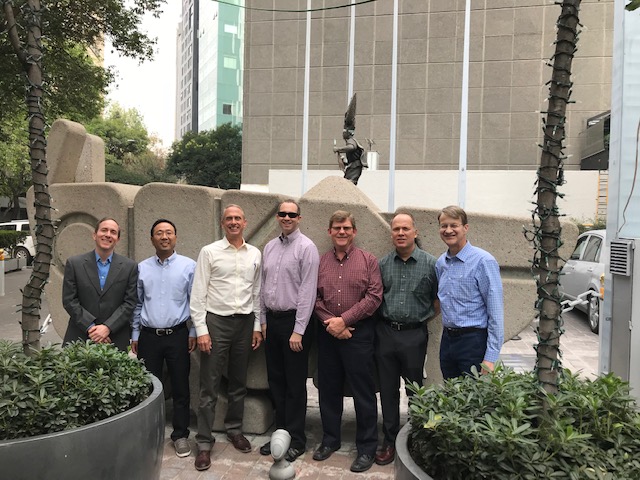
The team and USW Staff in front of the Presedente Hotel in Mexico City.

